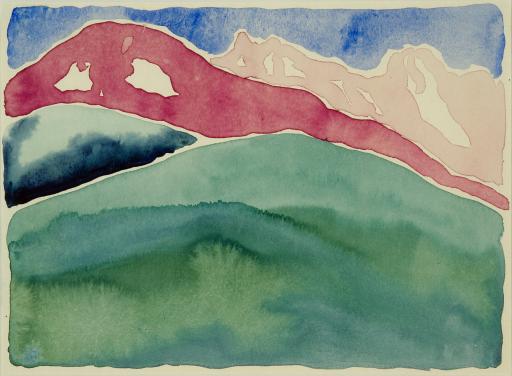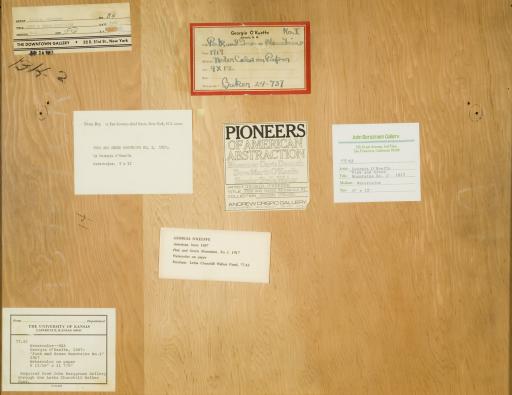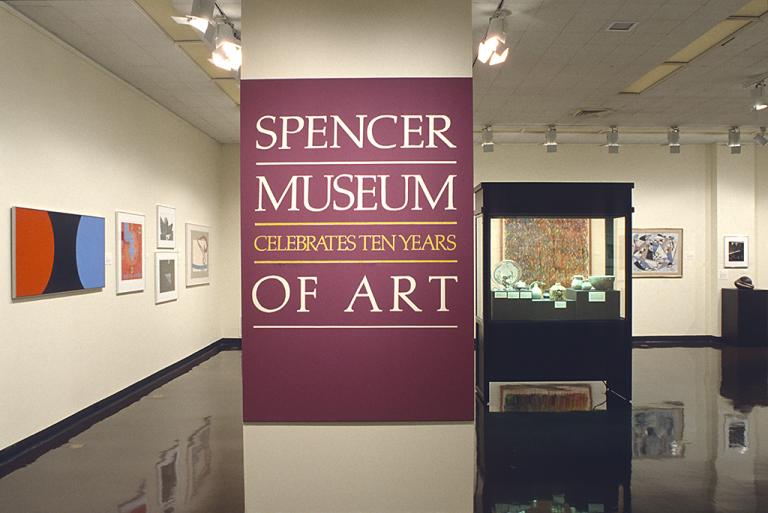Pink and Green Mountains, No. 1, Georgia O'Keeffe
Artwork Overview
Georgia O'Keeffe, artist
1887–1986
Pink and Green Mountains, No. 1,
1917
Where object was made: Colorado, United States
Material/technique: watercolor; paper
Dimensions:
Sheet/Paper Dimensions (Height x Width): 22.4 x 30.3 cm
Sheet/Paper Dimensions (Height x Width): 8 7/8 x 11 15/16 in
Frame Dimensions (Height x Width x Depth): 17 x 21 x 1 1/2 in
Weight (Weight): 8 lbs
Sheet/Paper Dimensions (Height x Width): 22.4 x 30.3 cm
Sheet/Paper Dimensions (Height x Width): 8 7/8 x 11 15/16 in
Frame Dimensions (Height x Width x Depth): 17 x 21 x 1 1/2 in
Weight (Weight): 8 lbs
Credit line: Museum purchase: Letha Churchill Walker Memorial Art Fund
Accession number: 1977.0043
Not on display
If you wish to reproduce this image, please submit an image request






















